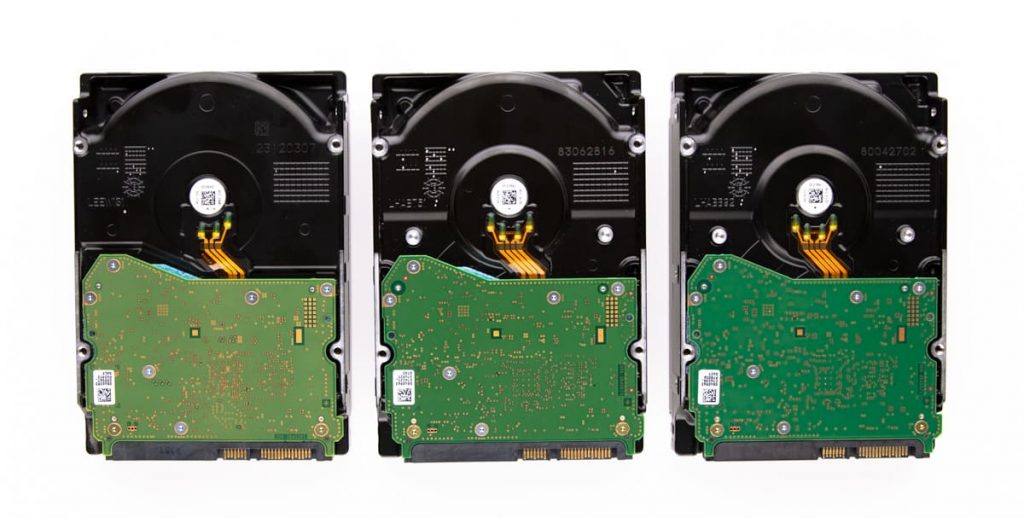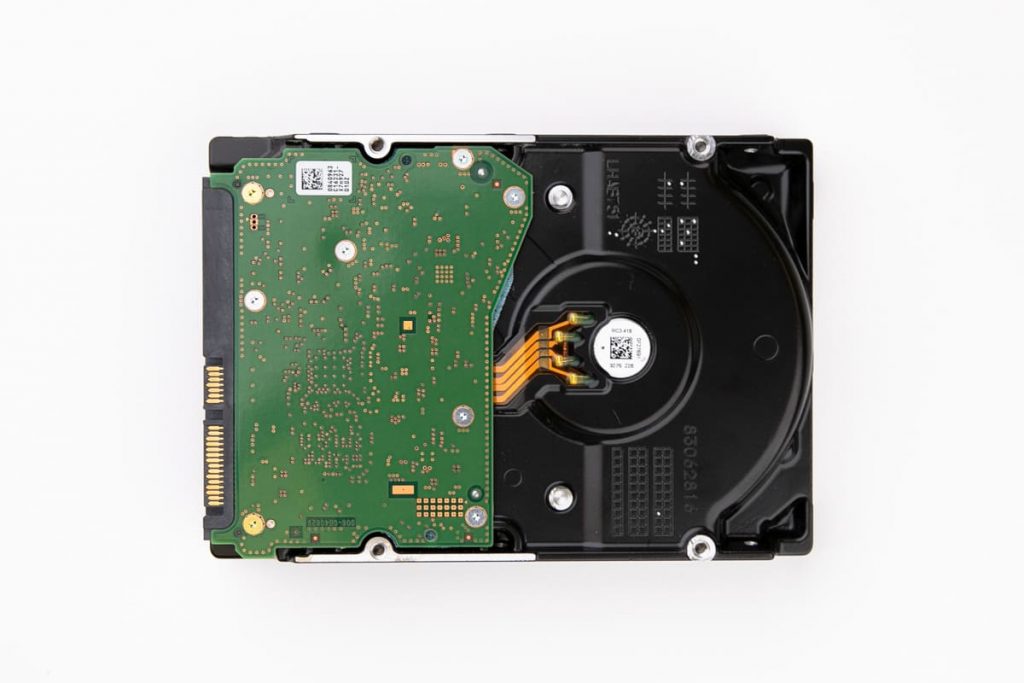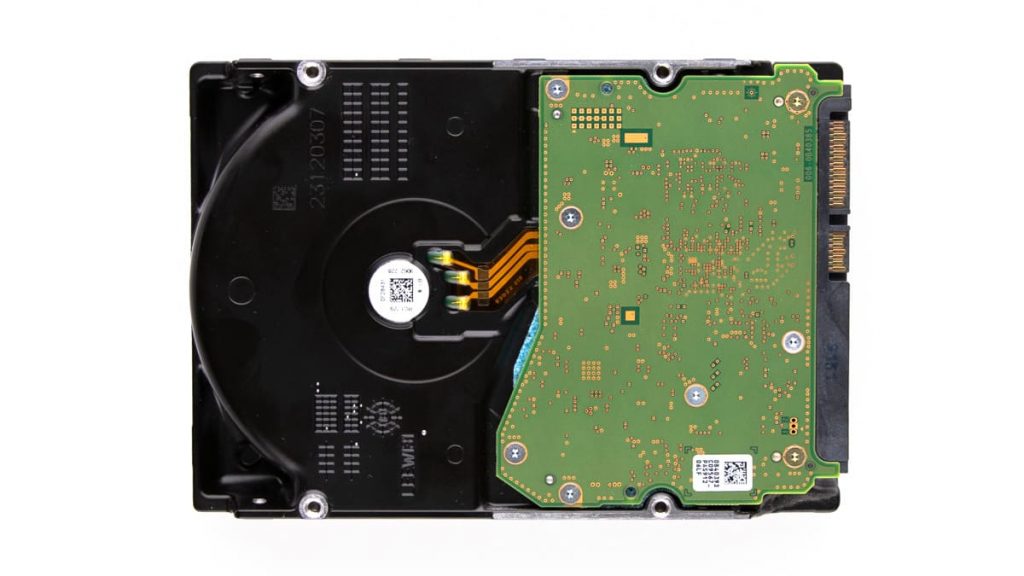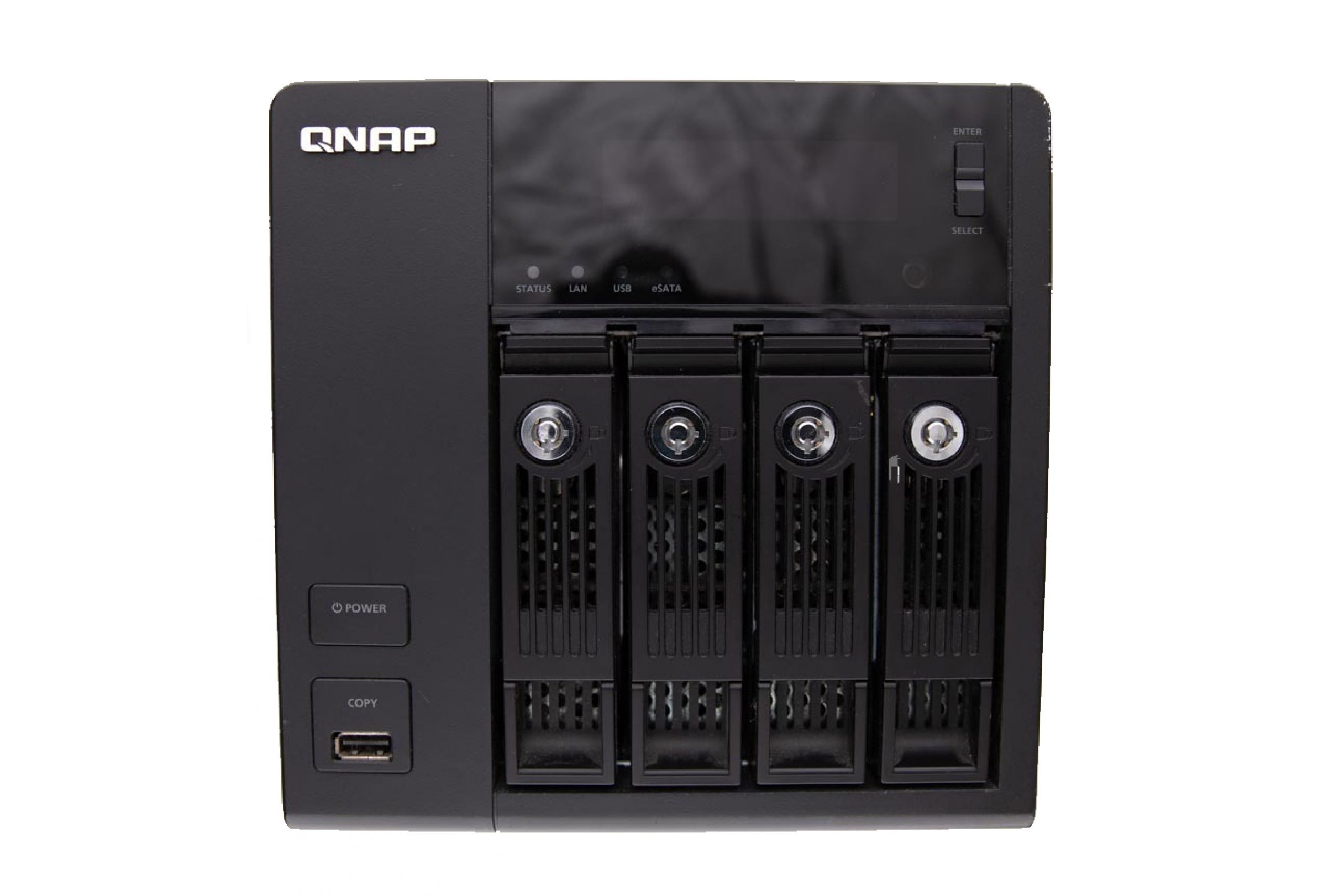NAS is a storage server connected to a network that provides access to data to its users. Network Attached System can be a good solution in terms of protecting information from loss and damage, as it is built on RAID technology.
RAID provides a reliable way to store and access data. However, some factors can lead to NAS failure regardless of RAID reliability. Hard drives in a NAS, like all mechanical devices, fail, and as a result, data can be lost.
Network storage, like any other, has a service life. This means that they tend to fail after a few years of use. Typically, the average life of such devices is five years.
In a data loss situation, users try to recover essential files themselves. But the problem is that the primary function of the recovery programs that users generally employ on failed NAS is that they tend to reformat drives. When you reformat drives, you get rid of all the information, and it will not be possible to restore it.
Water Damaged NAS System Recovery
Flooding causes severe damage to computer systems and can cause significant data loss. Modern systems are susceptible to moisture and contamination. Water flooding damages both hard drives’ mechanical and electronic components and other media storage devices.

Therefore, to have the highest chances of recovering information, we recommend you contact a professional data recovery company as soon as you notice any failure signs. You can get qualified assistance in recovering data from a disk that has been exposed to water in our data recovery laboratory.

PITS Global Data Recovery Services performs a high level restoration from water-damaged media storage devices. Our specialists work in a ISO Certified Class 10 Cleanroom to ensure the safety of hard drives’ sensitive components.
Recently we received a QNAP NAS storage system that failed due to water getting in HDD. Our client’s apartment was flooded as she had a problem with water supply pipes. The flood damaged the network-attached system as the device was on the floor.
The client could not access the data. So the only safe option was to contact a reliable data recovery company. After consulting with our dedicated customer service, the customer decided to entrust her NAS device to our engineers.

NAS Data Recovery Services
When the device arrived at our laboratory, we ran diagnostics to determine the possible data recovery outcome and the turnaround time. Our engineers have determined that one of the four hard drives in the array had a damaged microcontroller and, as a result, contained irrelevant data blocks.
This disk could not participate in array data collection. HDD was filtered to similar disks to prevent data loss. After analyzing the relatively rare file system BtrFS, we calculated the storage parameters and algorithm for alternating data blocks between hard disks. Then our data recovery experts emulated the NAS work and got a full image of the RAID array.
We usually read only those disk areas that are occupied by data. This is possible in cases where there is no damage to the file system, and you can read the map of the occupied space. But this time, the bad blocks fell on the map of occupied sectors, and we had to read the data of the entire partition onto a healthy disk and scan the damaged file system. As a result, the necessary data was found in folders with damaged names.
BtrFS File System Data Recovery
RAID 5 from the QNAP network storage on the BtrFS file system from the three Western Digital hard drives. The disks were assembled in a RAID XFS file system. The data from the damaged disk was copied to a working HDD.

The combined use of our cutting-edge tools allowed us to read the failed disk in the sector-by-sector copy mode correctly, then extract files and folders to another disk. Btrfs is a new Copy on the Write filesystem with built-in RAID support. To recover the BtrFS file system of the drive first, we had to make sure the blocks of memory that the file system had allocated were in the appropriate order.

After that, they were combined into a particular logical address space. Then, metadata and extents were used, the addressing of which occurred already at the logical level. Redundancy was implemented at the same level.
After recovering the file system, the RAID was rebuilt, and our engineers emulated the NAS data management system to extract all the data. The case was closed successfully. The client received all the required data and was satisfied with our data retrieval services.
Contact our customer service at (888) 611-0737 to request our help, and we will gladly help you.
